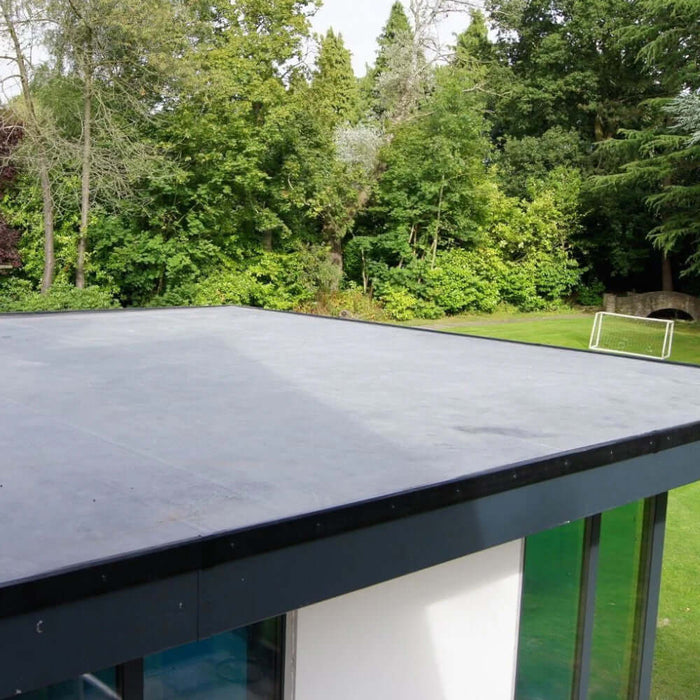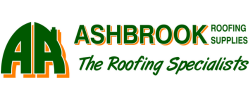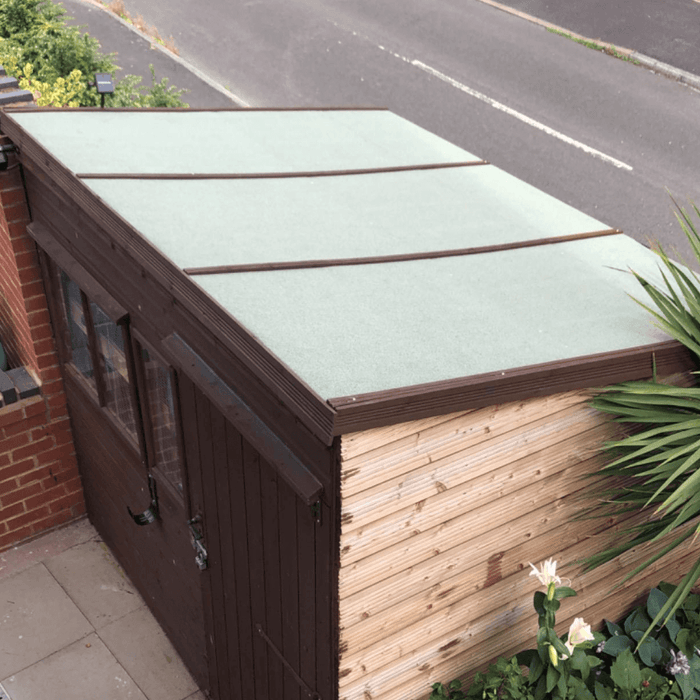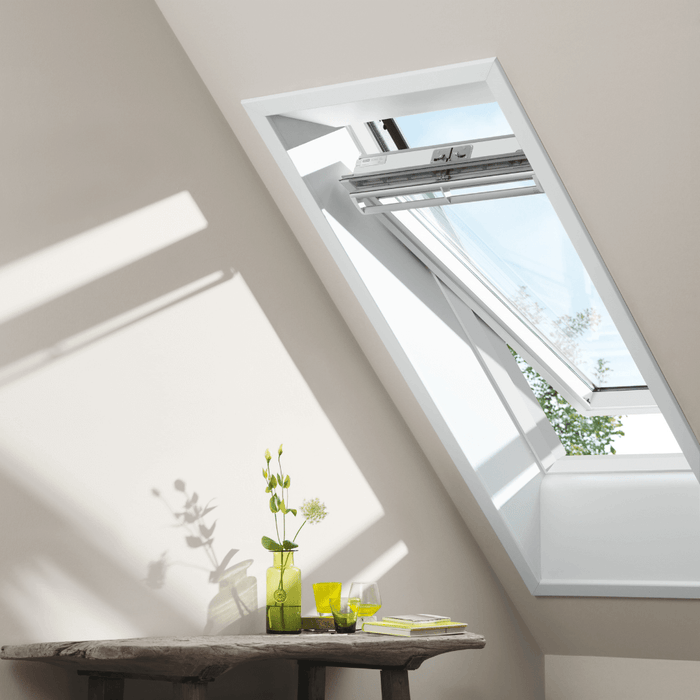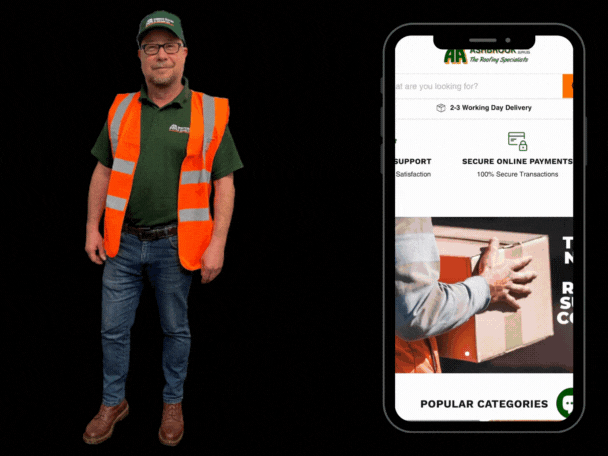A leaking roof is more than just an inconvenience, it can lead to significant damage to your home if not addressed promptly. Water intrusion can cause structural damage, promote mould growth, and ruin valuable belongings. Here’s a comprehensive guide on what to do if you discover a leak in your roof.

Immediate Steps to Take
- Contain the Leak
The first thing you should do is contain the water to minimize damage:
- - Use Buckets and Towels: Place buckets, bins, or any large containers under the leak to catch the dripping water. Use towels to soak up any water that has already accumulated on the floor.
- - Protect Your Belongings: Move furniture, electronics, and other valuable items away from the leak. If moving isn’t possible, cover them with plastic sheets or tarps to protect them from water damage

2. Relieve Water Pressure
If the leak has caused a bulge or sagging in your ceiling, it indicates that water has accumulated above it. Relieving the water pressure can prevent the ceiling from collapsing:
- Puncture the Bulge: Carefully poke a small hole at the centre of the bulge using a screwdriver or similar tool. This will allow the water to drain safely into your bucket.

How to locate the Source of the Leak in your roof space
Identifying the source of the leak can be tricky, as water can travel along beams and rafters before dripping down. Here’s how you can trace the leak:
- Inspect the Roof: If it’s safe to do so, examine the roof from the outside. Look for missing, cracked, or damaged shingles. Check for any visible punctures or wear around vents, chimneys, and skylights.
- Check the Attic: From inside your attic, use a flashlight to look for water stains, mould, or black marks. These signs can help you trace the path of the water back to the source.
What Temporary measures can I take to prevent the leak causing more damage?
If you’ve identified the source of the leak and need a temporary fix until professional help arrives, here are some solutions:
- Use a Tarp: Cover the damaged area with a waterproof tarp. Secure it with nails or screws to prevent it from blowing away. Ensure the tarp extends well beyond the damaged area to provide adequate protection.
- Sealant or Roofing Tape: Apply roofing tape or sealant to small holes or cracks as a temporary fix. This can provide a quick solution to stop the leak until more permanent repairs can be made.
What Long-Term Repairs should I hire a roofing professional to undertake?
While temporary fixes can help in the short term, it’s crucial to address the underlying problem to prevent future leaks, taking action on this is advised to use a professional tradesman:
- Replace Damaged Slates/Tiles: If you have a few damaged or missing slates/tiles, replace them promptly. Ensure they are properly aligned and sealed.
- Repair Flashing: Flashing around chimneys, vents, and skylights can deteriorate over time. Repair or replace any damaged flashing to prevent leaks.
- Clean Gutters: Clogged gutters can cause water to back up and seep under the roof. Regularly clean your gutters and downspouts to ensure proper drainage.

While some minor repairs can be handled by a confident DIYer, many roofing issues require professional expertise:
- Extensive Damage: If the damage is extensive, it’s best to call a professional roofer. They have the skills and tools to make comprehensive repairs.
- Structural Issues: If you suspect structural damage, such as a sagging roof or large leaks, contact a roofing contractor immediately.
- Mould Growth: Mould can pose serious health risks. If you notice mould growth, it’s important to address both the roof leak and the mould remediation with professional help.
What Preventive Measures can i take to prevent my roof leaking?
To avoid future leaks, take these preventive measures:
- Regular Inspections: Schedule regular roof inspections, especially after severe weather. Catching problems early can prevent costly repairs.
- Roof Maintenance: Keep your roof in good condition by performing routine maintenance. Replace damaged shingles, seal cracks, and ensure flashing is intact.
- Attic Ventilation: Proper attic ventilation can reduce moisture buildup and prevent leaks. Ensure your attic has adequate ventilation and insulation.
A leaking roof is a serious issue that requires prompt attention. By taking immediate action to contain the leak, identifying the source, applying temporary fixes, and seeking professional help for long-term repairs, you can protect your home from extensive damage. Regular maintenance and preventive measures can also help keep your roof in good condition and prevent future leaks. Remember, when in doubt, it’s always best to consult a professional roofer to ensure your home remains safe and dry.
How to Fix a Leaking Roof from the Inside: A Step-by-Step Guide
Fixing a leaking roof from the inside can be a quick temporary solution to prevent further damage until you can address the problem more permanently. Here’s a step-by-step guide to help you manage and temporarily fix a leaking roof from the inside.
Materials Needed
- Bucket or container
- Towels or rags
- Ladder (if needed)
- Flashlight
- Utility knife or screwdriver
- Roofing tape or caulk
- Plastic sheeting or tarp
- Wooden boards or sticks
Step-by-Step Instructions
1. Identify the Leak
First, you need to locate the source of the leak:
-
Inspect the Attic: If you have access to the attic, this is the best place to start. Use a flashlight to look for signs of water damage, such as wet spots, stains, or mould.
-
Trace the Water Path: Follow the water trail to its highest point. Water often travels along beams or rafters before dripping down, so the actual leak might not be directly above the wet spot on your ceiling.
2. Contain the Water
Once you’ve identified the leak, contain the water to minimize damage:
-
Place a Bucket: Position a bucket or container directly under the leak to catch the dripping water.
-
Use Towels: Lay towels or rags around the area to soak up any splashes or overflow.
3. Relieve Water Pressure
If the leak has caused a bulge in your ceiling, relieve the pressure to prevent the ceiling from collapsing:
-
Puncture the Bulge: Use a utility knife or screwdriver to carefully puncture a small hole at the center of the bulge. This will allow the trapped water to drain into your bucket.
4. Dry the Area
Before making any repairs, ensure the area is as dry as possible:
-
Use Towels or Rags: Wipe down the wet surfaces with towels or rags.
-
Ventilate the Area: If possible, improve ventilation to help dry the area. You can use fans or open windows to increase airflow.
5. Apply a Temporary Fix
To temporarily seal the leak from the inside, you can use roofing tape or caulk:
-
Clean the Area: Ensure the area around the leak is clean and dry.
-
Apply Roofing Tape: Cover the leak with roofing tape, pressing it firmly into place to create a seal. Ensure the tape extends well beyond the damaged area for a better seal.
-
Use Caulk: Alternatively, apply roofing caulk to the crack or hole. Smooth it out with a putty knife to ensure it covers the leak completely.
6. Use a Tarp or Plastic Sheeting
For larger leaks or as an additional measure, use a tarp or plastic sheeting:
-
Cover the Area: Cut a piece of plastic sheeting or a tarp large enough to cover the leaking area and extend beyond it.
-
Secure the Edges: Use wooden boards or sticks to secure the edges of the plastic sheeting or tarp. You can nail or staple the boards in place to ensure the cover stays put.
7. Monitor the Leak
Keep an eye on the leak to ensure your temporary fix holds up:
-
Check the Bucket: Regularly empty the bucket catching the drips to prevent overflow.
-
Inspect the Fix: Periodically check the roofing tape or caulk to ensure it’s still sealing the leak effectively.
8. Plan for Permanent Repairs
Temporary fixes are just that—temporary. It’s crucial to plan for permanent repairs as soon as possible:
-
Schedule a Professional Inspection: Contact a roofing professional to inspect and repair the damage properly.
-
Consider a Full Roof Inspection: If one area of your roof is leaking, other parts might be at risk. A full inspection can identify potential problems before they become major issues.
Fixing a leaking roof from the inside is a valuable skill for homeowners, providing a temporary solution to prevent further damage until professional help can be arranged. By following these steps, you can contain the leak, apply temporary fixes, and plan for long-term repairs, ensuring your home stays protected. Remember, always prioritize safety and consult a professional roofer for a permanent solution.
The Consequences of Ignoring a Roof Leak: Why Timely Repairs Are Crucial
A leaking roof is not just a minor inconvenience—it’s a problem that can escalate quickly and lead to serious damage to your home. Ignoring a roof leak can have far-reaching consequences, both structurally and financially. Here’s a detailed look at what can happen if you don't fix a roof leak promptly.
Structural Damage
1. Ceiling and Attic Damage
When water penetrates your roof, it can damage your attic and the ceiling below:
-
Stained Ceilings: Water stains and discoloration can appear on your ceiling, creating unsightly marks.
-
Ceiling Collapse: If too much water accumulates, it can weaken the ceiling material, potentially leading to a collapse.
-
Insulation Damage: Water-soaked insulation loses its effectiveness, reducing your home's energy efficiency and increasing heating and cooling costs.

2. Wall and Floor Damage
Water can travel from the roof down to your walls and floors, causing:
-
Peeling Paint and Wallpaper: Moisture can cause paint to peel and wallpaper to bubble and detach.
-
Warped Floors: Wooden floors can warp and buckle due to prolonged exposure to moisture.
-
Damaged Framing: The wooden structure of your home, including wall studs and floor joists, can weaken and rot, compromising the integrity of your house.

Health Hazards
1. Mould and Mildew
One of the most serious consequences of a roof leak is the growth of mold and mildew:
-
Mould Growth: Mould thrives in moist environments and can spread quickly through your home. It can grow on wood, drywall, insulation, and other building materials.
-
Health Issues: Mould exposure can cause a range of health problems, particularly for those with allergies, asthma, or compromised immune systems. Symptoms can include respiratory issues, skin irritation, and sinus congestion.

Electrical Hazards
Water and electricity are a dangerous combination:
-
Short Circuits: Water leaking into your home can reach electrical wiring and outlets, causing short circuits and increasing the risk of electrical fires.
-
Damaged Appliances: Electrical leaks can damage appliances and electronic devices, leading to costly replacements or repairs.
Increased Repair Costs
1. Escalating Damage
The longer you wait to fix a roof leak, the more extensive and costly the repairs will be:
-
Minor Fixes to Major Repairs: What might have been a simple patch job can escalate into major roof repairs or even a full roof replacement if left unattended.
-
Hidden Damage: Water can cause damage that isn’t immediately visible, such as to the structural components of your home. By the time the damage becomes apparent, it may require extensive and expensive repairs.
Decreased Property Value
1. Lower Resale Value
A home with a leaking roof is less attractive to potential buyers:
-
Inspection Issues: A leaking roof will be flagged during a home inspection, potentially lowering your home's market value or deterring buyers altogether.
-
Renegotiation: Buyers may demand a lower price or request that the roof be repaired before closing the sale.
Pest Infestations
Water damage can create an inviting environment for pests:
-
Termites and Ants: Moist wood is an attractive nesting site for termites and carpenter ants, which can cause significant structural damage.
-
Rodents: Rodents may enter your home through damaged roofing materials, leading to infestations that are difficult to control.
Energy Efficiency Loss
1. Increased Utility Bills
A leaking roof can compromise your home’s insulation and ventilation:
-
Ineffective Insulation: Wet insulation loses its insulating properties, causing your heating and cooling systems to work harder and increasing your energy bills.
-
Ventilation Issues: Water can damage ventilation systems, leading to poor indoor air quality and increased moisture levels inside your home.
Ignoring a roof leak can lead to a cascade of problems, from structural damage and health hazards to increased repair costs and decreased property value. Addressing a roof leak promptly is crucial to maintaining the integrity and safety of your home. Regular inspections and timely repairs can save you money in the long run and ensure that your home remains a safe and comfortable place to live. If you suspect or discover a leak, don’t wait—contact a professional roofer to assess and repair the damage as soon as possible.
Here at Ashbrook Roofing Supplies, we sell a variety of materials that can aid in repairing you roof, we also have access to a vast network of roofing professionals who can aid and assist with your issue.
If you are in urgent need and do not know where to turn, contact us on 01629 732988 and we will try our best to point you in the right direction.
